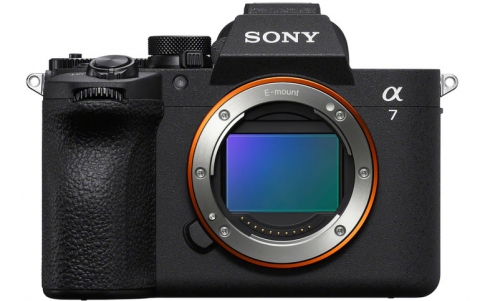
Ricoh Launches the World's First 16x DVD+R Double Layer Blank Disc
Ricoh says that is is ready to deliver the new Double Layer DVD+R media with write speeds of up to 16x, significantly raising the standards for fast DL blank discs.
Delivery of the first samples for hardware manufacturers
started on 7th March 2007, the company said.
The market for DVD+R double layer blank discs more than doubled last year and the boom in demand has continued unabated. Compared with single layer discs, however, double layer media have hither to required considerable time to write their large volume of storage space. With the development of the first 16x DVD+R DL Ricoh has now radically increased writing speed while at the same time significantly reducing the writing time for the medium.
The "Inverted Stack Method" invented by Ricoh is possibly the best possible technique for the attainment of high recording speeds in high-precision DVD+R DL media production. This Ricoh production method differs considerably from the "2P method" in which all layers are stacked on a single substrate. Separate production of both recording layers as practised by Ricoh, initially takes place separately on both substrates. The two components are then pressed together. Thus in practice Ricoh?s "Inverted Stack Method" provides increased precision for both recording layers.

To ensure the high writing speed of 16x for the DVD, the medium must have exceptional mechanical properties. Thus the extremely precise groove formation of the Ricoh blank disc not only has a decisive influence on correct tracking but it also serves to avoid distortion. However not only were improvements made to eccentricity and production tool precision but newly developed recording materials (organic dye) were also deployed.
The layers of Ricoh DVD+R DL media are structured in the following way:
- Substrate ? 1. recording layer ? semi-transparent reflective layer ? intermediate layer
- Recording layer ? reflective layer ? 2 substrate.
Ricoh's new 16x DVD+R DL media promise to offer reliable and stable writing processes as well as increased durability of the medium.
Ricoh plans to start sales of the 16x DVD+R DL in summer 2007.
The market for DVD+R double layer blank discs more than doubled last year and the boom in demand has continued unabated. Compared with single layer discs, however, double layer media have hither to required considerable time to write their large volume of storage space. With the development of the first 16x DVD+R DL Ricoh has now radically increased writing speed while at the same time significantly reducing the writing time for the medium.
The "Inverted Stack Method" invented by Ricoh is possibly the best possible technique for the attainment of high recording speeds in high-precision DVD+R DL media production. This Ricoh production method differs considerably from the "2P method" in which all layers are stacked on a single substrate. Separate production of both recording layers as practised by Ricoh, initially takes place separately on both substrates. The two components are then pressed together. Thus in practice Ricoh?s "Inverted Stack Method" provides increased precision for both recording layers.

To ensure the high writing speed of 16x for the DVD, the medium must have exceptional mechanical properties. Thus the extremely precise groove formation of the Ricoh blank disc not only has a decisive influence on correct tracking but it also serves to avoid distortion. However not only were improvements made to eccentricity and production tool precision but newly developed recording materials (organic dye) were also deployed.
The layers of Ricoh DVD+R DL media are structured in the following way:
- Substrate ? 1. recording layer ? semi-transparent reflective layer ? intermediate layer
- Recording layer ? reflective layer ? 2 substrate.
Ricoh's new 16x DVD+R DL media promise to offer reliable and stable writing processes as well as increased durability of the medium.
Ricoh plans to start sales of the 16x DVD+R DL in summer 2007.





















